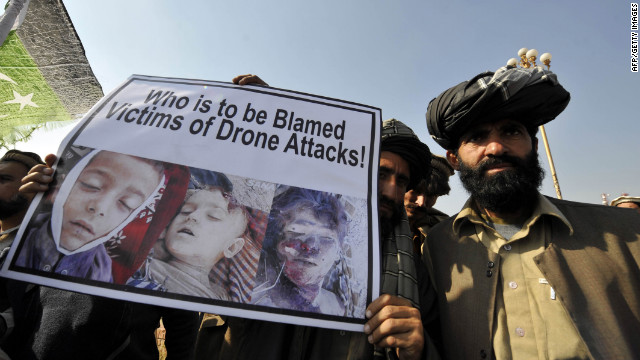
By Alex Kane
Beaver County Peace Links via Alternet
May 27, 2014 - It’s Pentagon budget time. And once again, Congress and the White House are haggling over the fine print of the National Defense Authorization Act (NDAA). But what has stayed constant over the years is the massive spending on the defense budget, which points to the American political establishment’s appetite for militarism.
Congress’ proposed Pentagon budget this year is for $601 billion, a sum that dwarfs spending during the Vietnam War. [3] There have been predictable howls from conservative lawmakers over some proposed cuts to the defense budget advocated by Defense Secretary Chuck Hagel, and Congress has resisted the military’s attempts to cut spending. But even if Hagel’s cuts are implemented, the budget would amount to $495 billion- [4]-not a paltry sum.
The House of Representatives this month passed its $601 billion version of the NDAA, though the Senate still has to vote on it.
Despite the back-and-forth over the exact budget amount, it’s clear that once again, the U.S. will be spending a ton of cash on the military. In addition to spending money on weapons and other military items, the NDAA for 2015 also includes provisions on indefinite detention and authorization to wage war. Here are 5 aspects of the budget you should know about.
1. More Special Forces
President Obama has wound down the Iraq War and plans to reduce troops levels in Afghanistan, though he’s also attempting to negotiate a prolonged troops presence in the latter country. At the same time, he has presided over an expansion [5] of elite military units known as special operations forces, which operate secretly around the globe and have become crucial to the endless “war on terror.” Special Operations Forces, like the Navy SEALs, are used to train foreign militaries in counter-terrorism and execute raids like the operation that killed bin Laden.
Defense Secretary Hagel has called for more Special Operations forces to be added in the coming years. He wants 4,000 extra personnel to be added to a force [6] that already has 69,700 troops, which would mean spending $7.7 billion--an increase of $729 million from last year. [7]A Senate subcommittee has approved Hagel’s request for the NDAA.
These forces will be helping the U.S. expand its “war on terror” even further in Africa. The New York Times reported today [8] that Special Operations Forces are forming more counter-terror units in Africa to battle threats like Boko Haram in Nigeria.
2. The Drone War Continues
In addition to deploying Special Operations Forces, the other key aspect of the Obama administration’s approach to war has been drones. The U.S. has waged a relentless war via drone in Pakistan and Yemen, as well as other countries, though drone strikes have decreased in recent months. Still, the impact of drones on civilians has not lessened, as a December strike in Yemen that killed at least a dozen people, many of them civilians, showed.
The NDAA reflects the emphasis on the use of drones. As Defense News reports [9], “House version of the NDAA includes $120 million” for Reaper drones.

